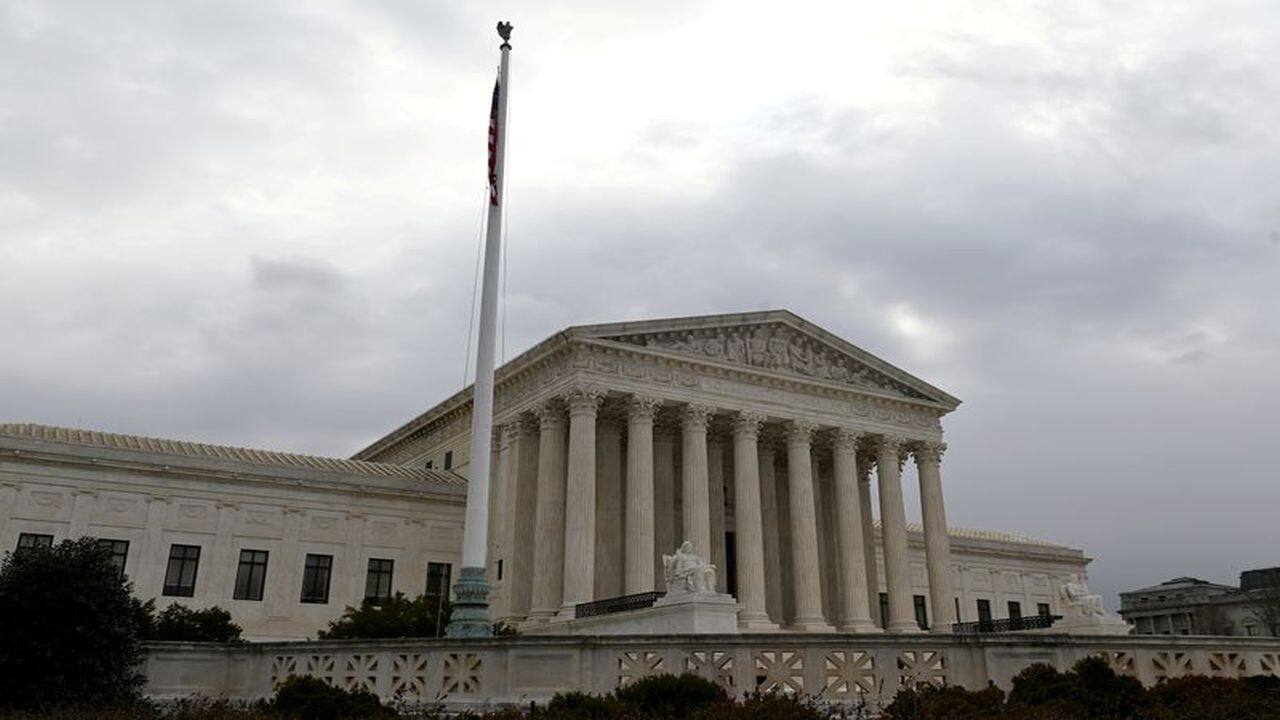Canada, US border to stay closed until January 21
The border was initially closed in March to slow the spread of the novel coronavirus. The closure has been renewed monthly since then. Only trade in goods and merchandise and essential travel are allowed
AFP
Dec 12, 2020 / 11:56 AM IST
File image of Canadian Prime Minister Justin Trudeau
The longest international border in the world, between Canada and the United States, will remain closed until January 21 due to the COVID-19 pandemic, Prime Minister Justin Trudeau announced on Friday.
"Canada and the United States agreed today to keep our shared border closed until January 21," Trudeau told a news conference.
The border was initially closed in March to slow the spread of the novel coronavirus.
The closure has been renewed monthly since then. Only trade in goods and merchandise and essential travel are allowed.
A second wave of COVID-19 infections in Canada -- with a total of nearly 450,000 cases reported as of Friday -- has forced several regions to reintroduce pandemic measures.
The United States is the worst-affected country in the world, with almost 300,000 deaths from 15.7 million cases.
Follow our LIVE blog for the latest updates of the novel coronavirus pandemic
The border between the US and Mexico will also remain shut until the same date, said Chad Wolf, the acting head of the Department of Homeland Security, on Twitter.
"In order to continue to prevent the spread of COVID, the US, Mexico, & Canada will extend the restrictions on non-essential travel through January 21. We are working closely with Mexico & Canada to keep essential trade & travel open while also protecting our citizens from the virus," he tweeted.
Follow our full coverage of the coronavirus pandemic here.












_2020091018165303jzv.jpg)


























